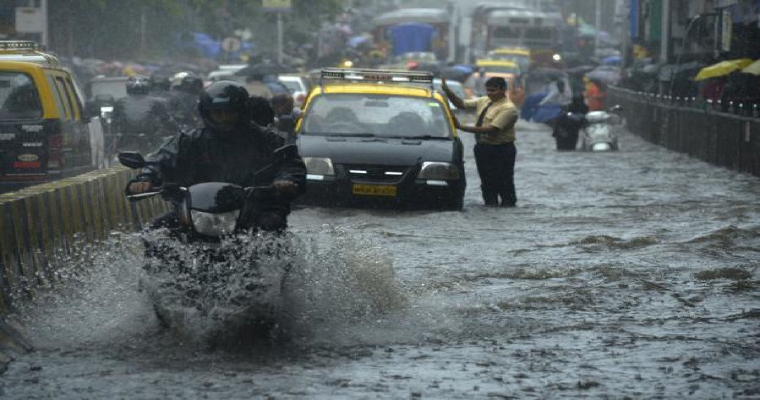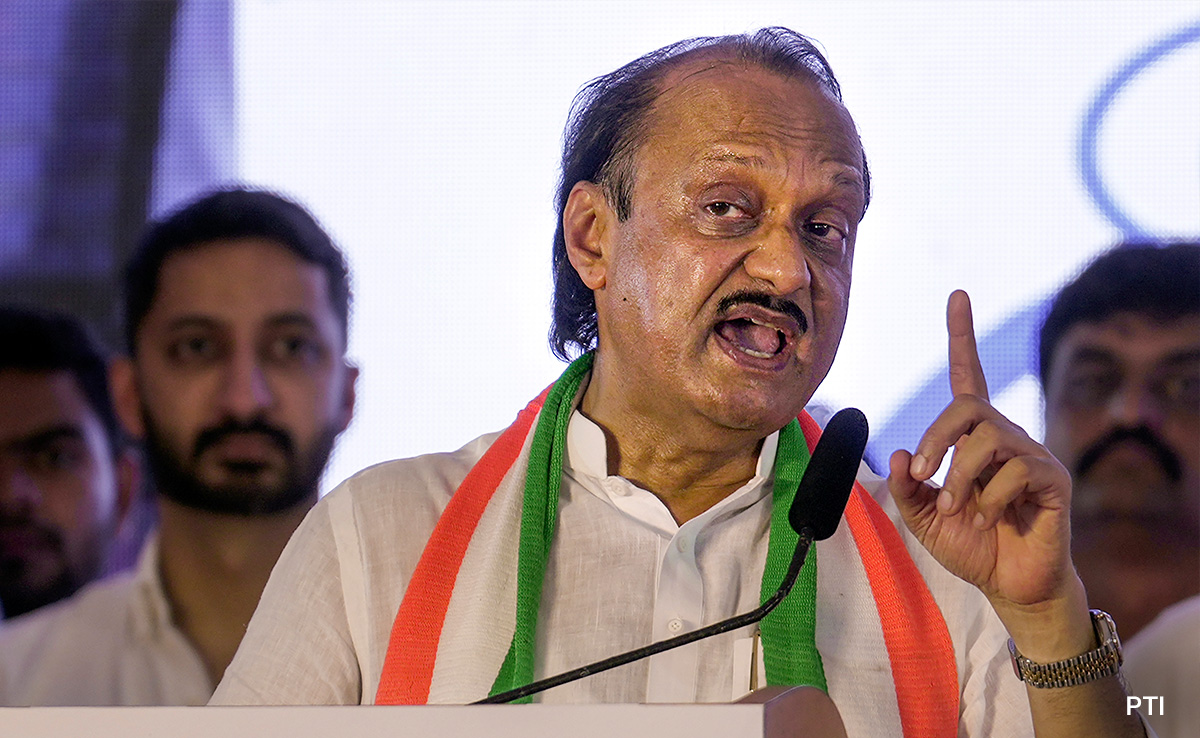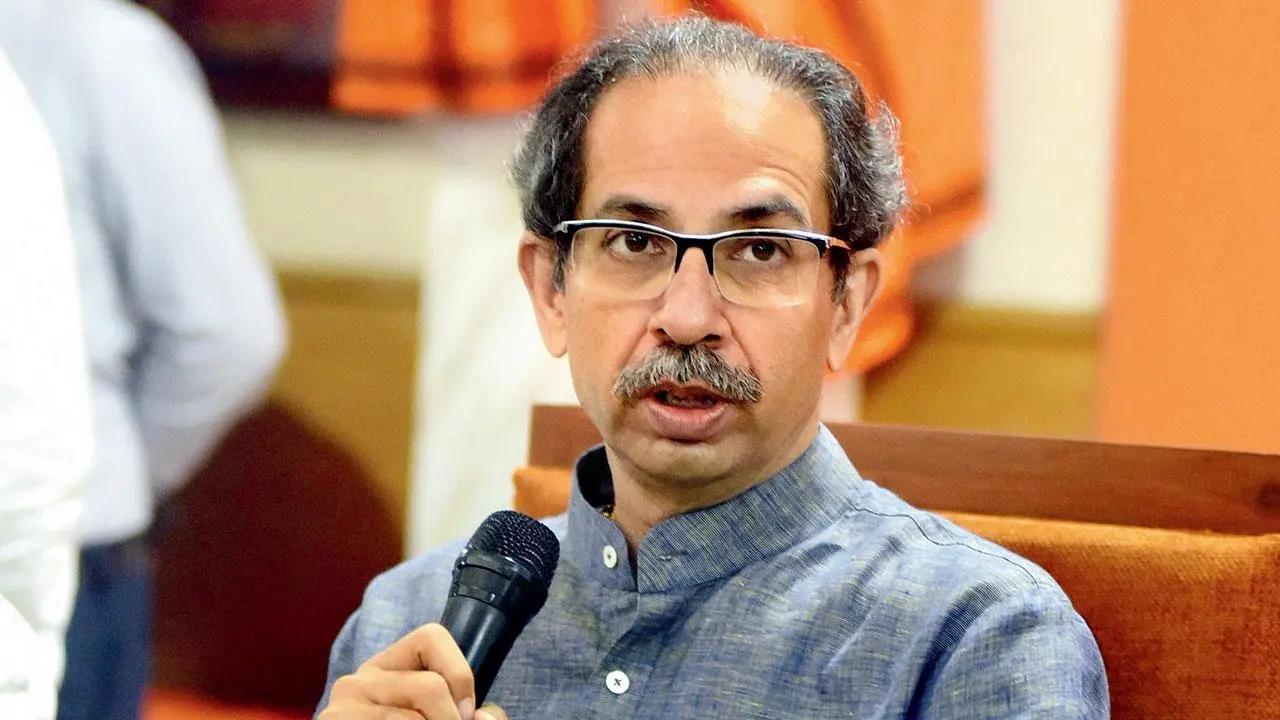Breaking News: Mumbai Pummeled by Torrential Rains; Critical Orange Alert for Thane, Palghar, Raigad Tomorrow!
During the recent Mumbai rains, the city experienced traffic jams, 26 instances of tree branches collapsing, four incidents of wall collapse, and 13 cases of electrical short circuits within a single day.

Mumbai, the financial capital of India, has been grappling with heavy rainfall, with close to 100 mm of rain recorded in the past 24 hours until morning. The India Meteorological Department (IMD) has issued an orange alert for Mumbai, indicating the possibility of heavy to very heavy rainfall for the day, and a yellow alert for the following day, Thursday. Thane has also been placed on an orange alert until Thursday.
However, the situation is more critical in Palghar and Raigad districts, which are currently under a red alert, indicating the likelihood of extremely heavy rainfall, and an orange alert for the subsequent two days.
In light of the heavy rainfall, authorities are urging Mumbaikars to exercise caution while venturing into water bodies. Already, eight cases of drowning have been reported from multiple beaches in the city within the past month.
The incessant rains have also resulted in several incidents of traffic snarls, 26 cases of tree branches collapsing, four instances of wall collapses, and 13 occurrences of shock circuits. Tragically, a five-year-old child lost their life in a building collapse in Bhandup.
The impact of the heavy rainfall is not limited to Mumbai alone; its effects have been felt in neighboring areas as well. In Raigad district, the Rasayani police station experienced flooding due to the relentless downpour.
Additionally, several rivers, including the Ulhas in Thane, Amba, Savitri, and Patalganga in Raigad, have been overflowing, posing further challenges to the affected communities.
Amidst these weather-related challenges, a significant political event took place as Shiv Sena (United Bharatiya Janata Party) leader Uddhav Thackeray held a “courtesy meeting” with Deputy Chief Minister of Maharashtra, Ajit Pawar.
This meeting was noteworthy as it marked the first time the two leaders met since Ajit Pawar orchestrated a vertical split within the Nationalist Congress Party (NCP) before assuming the role of Deputy CM. After the meeting, Thackeray expressed his hope that Ajit Pawar would work diligently for the welfare of the state and its people, as the Deputy CM has access to the state’s treasury.
As the rains continue to pour and the situation evolves, it is crucial for Mumbaikars and residents of neighboring regions to remain vigilant and follow safety guidelines issued by authorities. Heavy rainfall can lead to flash floods, landslides, and other hazards, necessitating a collective effort to ensure the safety and well-being of all citizens.
Additionally, political developments like the meeting between Uddhav Thackeray and Ajit Pawar hold significance in Maharashtra’s political landscape, warranting careful observation in the days to come.

Mumbai, the bustling financial capital of India, finds itself locked in a fierce battle with the forces of nature as heavy rainfall relentlessly pelts the city. Over the past 24 hours until morning, an astounding close to 100 mm of rain has been recorded, prompting the India Meteorological Department (IMD) to issue an orange alert for Mumbai. This alert signifies the possibility of experiencing heavy to very heavy rainfall throughout the day. As a precautionary measure, a yellow alert has also been put in place for the following day, Thursday. The adjacent Thane district has not been spared either, as it, too, has been placed on an orange alert until Thursday.
However, the situation is far more precarious in the districts of Palghar and Raigad, where the IMD has sounded a red alert. A red alert serves as a forewarning for extremely heavy rainfall, which poses severe risks to life, property, and infrastructure. Following the red alert, an orange alert has been issued for the subsequent two days, indicating that the deluge is likely to persist.
The consequences of such intense rainfall have been evident across the city. Authorities have raised concerns about the safety of Mumbaikars venturing into water bodies. The past month alone has witnessed eight tragic cases of drowning at multiple beaches, highlighting the hazards posed by the city’s natural surroundings.
The incessant rains have also wreaked havoc on Mumbai’s transportation network, leading to numerous traffic snarls that impede daily commutes. Additionally, the onslaught of rain has resulted in 26 cases of tree branches collapsing, creating hazards for pedestrians and vehicles alike. Moreover, four instances of wall collapses have been reported, emphasizing the need for regular structural checks to ensure public safety. Shock circuits, amounting to 13 occurrences, have contributed to the increasing danger posed by the weather.
Tragically, the heavy rainfall has already claimed a young life. In Bhandup, a five-year-old child lost their life when a building succumbed to the pressure of the unyielding downpour, underscoring the urgent need for building safety and inspections during such weather events.
The impact of the heavy rainfall extends beyond the boundaries of Mumbai; neighboring areas have felt the wrath of nature as well. In the Raigad district, the Rasayani police station found itself submerged in floodwaters, rendering it virtually non-functional. Meanwhile, several rivers, including the Ulhas in Thane, Amba, Savitri, and Patalganga in Raigad, have overflowed, posing further challenges to the communities living along their banks.
Amidst these tumultuous weather-related events, a significant political development took center stage. Uddhav Thackeray, the prominent leader of the Shiv Sena party, engaged in a “courtesy meeting” with Maharashtra’s Deputy Chief Minister, Ajit Pawar. The meeting held immense significance, as it marked the first time the two leaders had come together since Ajit Pawar orchestrated a vertical split within the Nationalist Congress Party (NCP) and took on the role of Deputy CM. The meeting was closely observed, as political dynamics in the state often have far-reaching consequences for its governance and policies.
Following the meeting, Uddhav Thackeray expressed hope that Ajit Pawar would dutifully work for the welfare of the state and its people, acknowledging the significant influence the Deputy CM has over the state’s treasury and resources. The outcome of this meeting and any subsequent actions taken by the leaders are likely to reverberate across Maharashtra’s political landscape.
As the rainfall persists and the situation evolves, authorities and citizens alike must remain vigilant and adhere to safety guidelines issued by relevant agencies. Heavy rainfall has the potential to cause flash floods, landslides, and other hazards, demanding a collective effort to safeguard the well-being of all residents. Moreover, political developments must be closely monitored, especially when they involve influential leaders like Uddhav Thackeray and Ajit Pawar, as they may shape the future direction of the state’s governance.
In conclusion, Mumbai’s battle with heavy rainfall continues, bringing with it a series of challenges that extend beyond the city limits. The impacts have been widespread, affecting neighboring districts and highlighting the need for preparedness and safety measures. As the city grapples with the aftermath of torrential downpours, both the people and their leaders must unite to overcome the obstacles posed by nature and ensure the well-being of all citizens.
Mumbai, the thriving financial capital of India, finds itself engulfed in the grip of a relentless monsoon season, bringing with it heavy rainfall and inundating the city. Over the past 24 hours, an astonishing amount of nearly 100 mm of rain has been recorded, leaving the city drenched and waterlogged. The India Meteorological Department (IMD) has responded to the alarming weather conditions by issuing an orange alert for Mumbai, indicating the possibility of experiencing heavy to very heavy rainfall throughout the day. To add to the citizens’ worries, a yellow alert has also been put in place for the following day, Thursday, signaling that the unyielding downpour is likely to continue.
The neighboring district of Thane has also been impacted by the deluge and has been placed on an orange alert until Thursday, amplifying the scale of the situation. However, the dire circumstances in Mumbai and Thane pale in comparison to the critical state of Palghar and Raigad districts, where the IMD has escalated its warning to a menacing red alert. The red alert denotes the likelihood of experiencing extremely heavy rainfall, which poses an imminent threat to life, property, and infrastructure. Following the red alert, an orange alert has been issued for the subsequent two days in Palghar and Raigad, foreboding an extended period of torrential rains.
The consequences of such incessant rainfall have been severe and far-reaching, extending beyond mere inconvenience and posing substantial risks to the safety and security of the residents. Authorities have issued urgent warnings, urging Mumbaikars to exercise extreme caution while venturing into water bodies. Unfortunately, these warnings come in the wake of eight tragic cases of drowning that have been reported from multiple beaches in the city within the past month. These heart-wrenching incidents serve as a somber reminder of the dangers posed by the natural surroundings of the city, even during times when its charms seem most inviting.
Apart from the grim loss of life, the torrential rains have created a domino effect of adversities that have severely impacted the daily lives of the citizens. The city’s transportation network, which already struggles to keep up with the bustling population, has borne the brunt of the unyielding downpour, resulting in numerous traffic snarls and chaos on the roads. Commuters find themselves stuck for hours, battling the elements and the consequences of poor urban planning.
The inclement weather has also taken a toll on the city’s green cover, with 26 cases of tree branches collapsing under the weight of the rain. These incidents have not only added to the traffic woes but have also posed potential risks to pedestrians and vehicles alike. Moreover, the buildings that form the city’s skyline have not been spared either. Four instances of wall collapses have been reported, raising serious concerns about the structural integrity of buildings during such extreme weather events.
The heavy rainfall has also led to 13 occurrences of shock circuits, posing dangers to the city’s electrical infrastructure and further exacerbating the challenges faced by the residents. The combination of water and electricity can be deadly, and these incidents serve as reminders of the importance of proper maintenance and safety measures during such weather events.
Perhaps one of the most heartbreaking incidents during this period of heavy rainfall was the tragic loss of a five-year-old child in a building collapse in Bhandup. The harrowing incident served as a wake-up call to the authorities and the public, demanding a thorough reevaluation of building safety standards and inspection protocols. It is a stark reminder that in the face of nature’s fury, even the most vulnerable members of society bear the brunt of the consequences.
The impact of the heavy rainfall has not been confined solely to Mumbai but has reverberated through neighboring regions as well. The districts of Palghar and Raigad, currently under red alert, have experienced significant challenges due to the unrelenting downpour.
In Raigad, the situation has become so severe that the Rasayani police station found itself submerged in floodwaters, rendering it virtually non-functional. These incidents highlight the need for comprehensive disaster preparedness and swift response mechanisms in the affected areas.

One of the gravest repercussions of the heavy rainfall has been the overflowing of several rivers in the region. The Ulhas river in Thane, as well as the Amba, Savitri, and Patalganga rivers in Raigad, have all breached their banks, causing massive floods that have inundated nearby settlements.
The rising waters have not only threatened the lives of the residents but have also submerged crops and disrupted livelihoods. The aftermath of such flooding often leaves a trail of devastation, requiring significant efforts in rescue, relief, and rehabilitation.
In the face of such weather-related challenges, the city’s administration and emergency services have been working tirelessly to mitigate the impact and ensure the safety of the residents. Disaster response teams have been activated to provide assistance to those affected by the floods and to conduct rescue operations when necessary. Relief centers have been set up to provide essential supplies and shelter to those displaced by the floods.
)
While the immediate focus remains on disaster response and relief efforts, there is a growing realization of the need for long-term measures to address the recurring challenges posed by heavy rainfall and monsoons. Urban planning, infrastructure development, and disaster management strategies will need to be revisited and bolstered to ensure the city’s resilience in the face of such extreme weather events.
Amidst these tumultuous weather-related events, a significant political development took center stage. Uddhav Thackeray, a prominent leader of the Shiv Sena party, engaged in a “courtesy meeting” with Maharashtra’s Deputy Chief Minister, Ajit Pawar.
The meeting held immense significance, as it marked the first time the two leaders had come together since Ajit Pawar orchestrated a vertical split within the Nationalist Congress Party (NCP) and took on the role of Deputy CM. The meeting was closely observed, as political dynamics in the state often have far-reaching consequences for its governance and policies.
Following the meeting, Uddhav Thackeray expressed hope that Ajit Pawar would dutifully work for the welfare of the state and its people, acknowledging the significant influence the Deputy CM has over the state’s treasury and resources. The outcome of this meeting and any subsequent actions taken by the leaders are likely to reverberate across Maharashtra’s political landscape.

In conclusion, Mumbai’s battle with heavy rainfall continues, bringing with it a series of challenges that extend beyond the city limits. The impacts have been widespread, affecting neighboring districts and highlighting the need for preparedness and safety measures. As the city grapples with the aftermath of torrential downpours, both the people and their leaders must unite to overcome the obstacles posed by nature and ensure the well-being of all citizens.
Additionally, the recurring nature of such extreme weather events calls for long-term measures, including urban planning, infrastructure development, and disaster management strategies, to enhance the city’s resilience. As the rains persist and the situation evolves, it is crucial for authorities and citizens alike to remain vigilant and adhere to safety guidelines. Moreover, political developments must be closely monitored, as they may significantly shape the future direction of the state’s governance and policies.


















